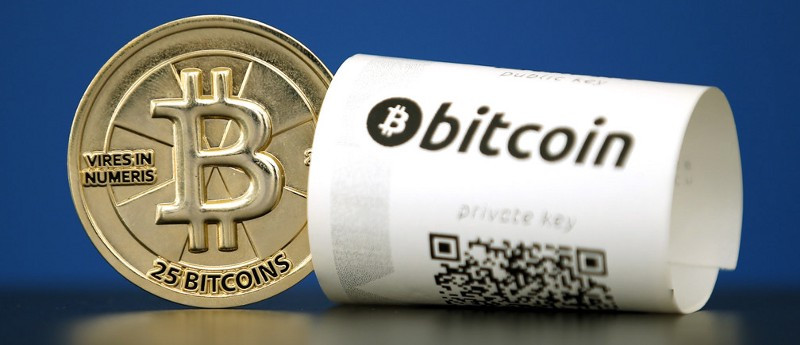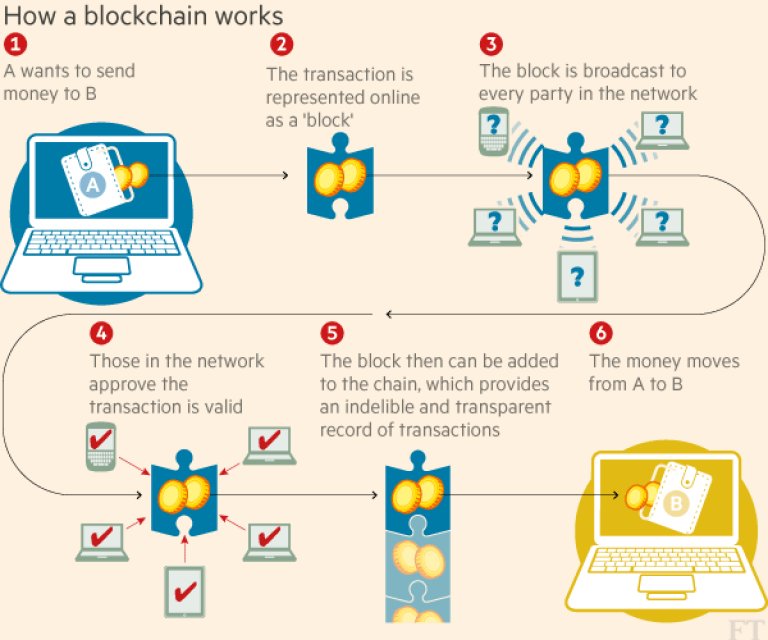A 3% boost to GDP from blockchain? It’s a real possibility
Source: www.medium.com

Alex Gray, Formative Content
The Bank of England thinks that it could increase GDP by 3%, by introducing a Central Bank Digital Currency (CBDC).
It recently produced a Working Paper to explore what would happen if the Bank introduced the currency. This type of currency has never existed before, so the Bank used a theoretical model to see what would happen if 30% of the UK’s GDP existed as a digital currency.
“Our simulations suggest that this policy has a number of beneficial effects,” says the report, citing two major reasons:
1. An increase in GDP of almost 3%, as a result of the reduced interest rates, reduced tax rates and lower transaction costs that implementing a digital currency would bring. For example, a digital currency does not need intermediaries to settle the transaction, rather, money passes directly from one party to another.
2. The digital currency could also contribute to the stabilization of the economy because it would give central banks another means by which to control their currency. This would be particularly effective in times of economic
Other benefits of a digital currency include transparency.
Recently, J. Christopher Giancarlo, commissioner of the US Commodity Futures Trading Commission, said: “At the heart of the financial crisis, perhaps the most critical element was the lack of visibility into the counterparty credit exposure of one major financial institution to another. Probably the most glaring omission that needed to be addressed was that lack of visibility, and here we are in 2016 and we still don’t have it.
“Well, blockchain technology [the technology behind digital currencies] now provides that visibility (as well as protections for privacy).”
The Bank of England report also highlighted possible negative aspects, not least of which are the risks inherent in transitioning to a different monetary and financial regime.
However, “this technology may present an opportunity to improve the efficiency, resiliency
Why is the Bank exploring a digital currency?
Digital currencies already exist. Bitcoin is the world’s first decentralized digital
Blockchain primarily eliminates the need for intermediaries between transactions. It uses software that allows people to connect directly, and therefore at a reduced cost. And it’s got some big-hitters behind it. In a recent round of funding, Blockchain the company raised US$30m, with investors that included Richard Branson and Bill Gates.

Digital currencies offer everyone access to a currency that is governed by a predetermined money supply (Bitcoins are created at a predictable and decreasing rate, there are only a limited number of bitcoins in circulation). Plus, they work under a completely new payment system (blockchain) that is claimed to be superior to existing banking systems.
The Bank of England isn’t the first to explore blockchain
It’s not the first central bank to investigate the technology. The Bank of Canada is also exploring the use of blockchain technology to underpin a digital currency.
“Now is the time to make our core systems more efficient and competitive,’’ Bank of Canada Senior Deputy Governor Carolyn Wilkins said recently.
“One area that is attracting attention is distributed ledger technology (DLT), the protocol that underpins Bitcoin. DLT may hold great potential, but important technical, governance and regulatory issues must be resolved before its benefits can be realized.
“The Bank has an ambitious research agenda dedicated to fintech questions and has formed a partnership with Payments Canada, Canadian banks and R3, which leads a consortium of financial institutions, to conduct applied research into a DLT-based payment system. This experimental project will be an opportunity to deepen our understanding of the technology’s mechanics, limits, risks and possibilities,” she said.
A new report from the World Economic Forum predicts that blockchain will come to occupy a central place in the global financial system.
A monetary regime with CBDC has never existed anywhere, mostly because the technology to make it feasible and resilient has not, until now, been available.
At this point, however, the research remains theoretical.
“The prospect of a central bank digital currency for the UK, in my view, is still some way off,” said Bank of England Governor Mark Carney in a recent speech. “We will work to make payments easier, and though cash may no longer be the king it once was, its reign will endure for some time.”
